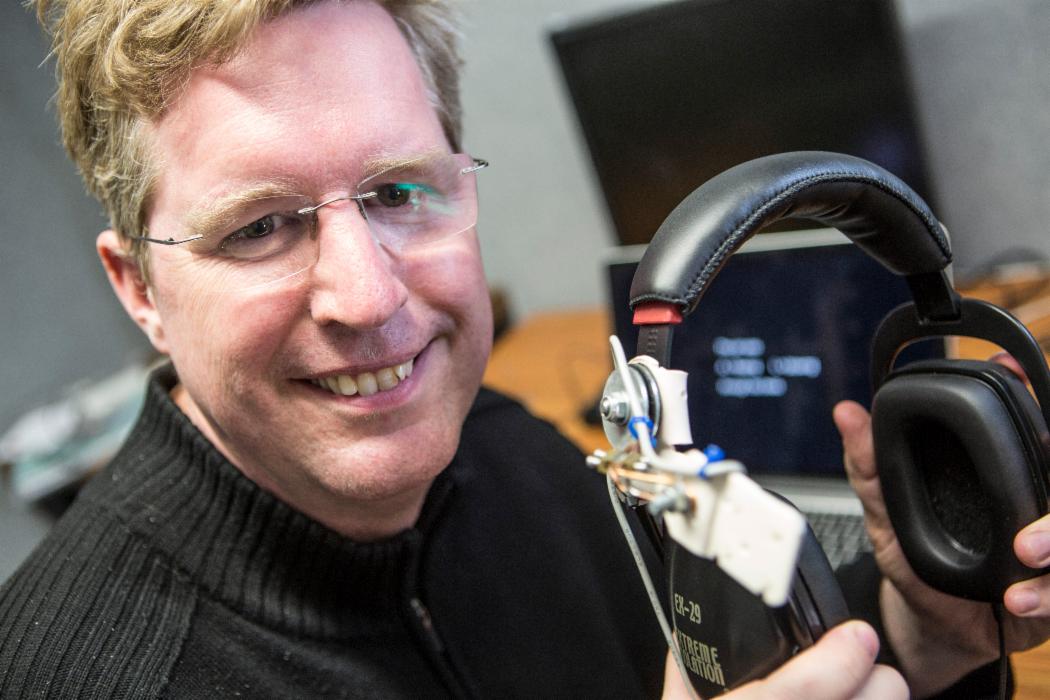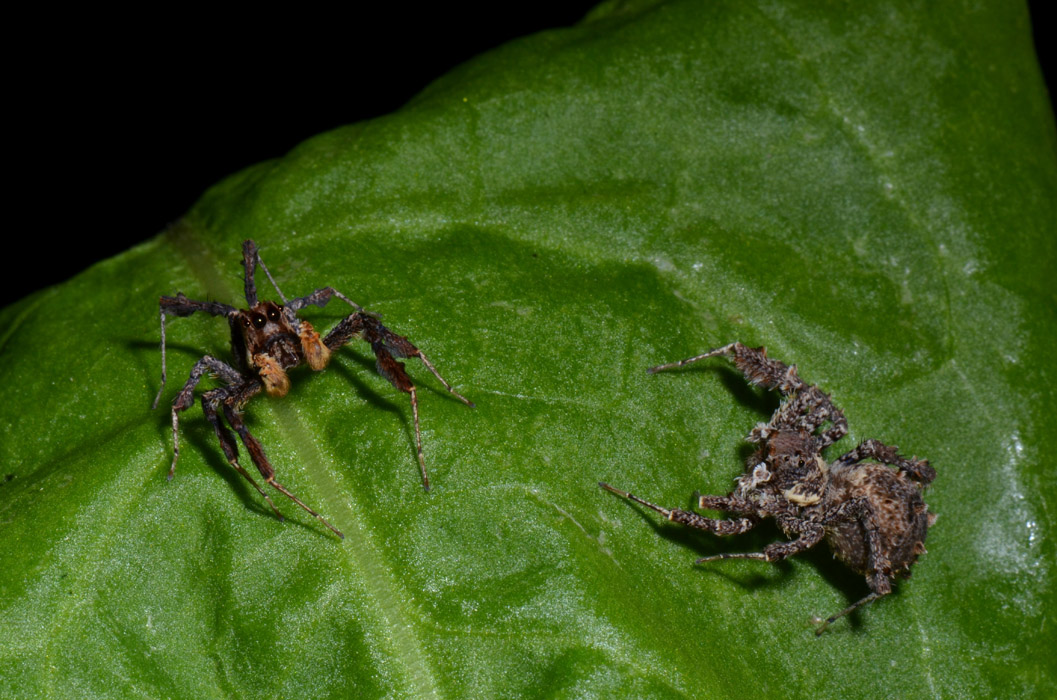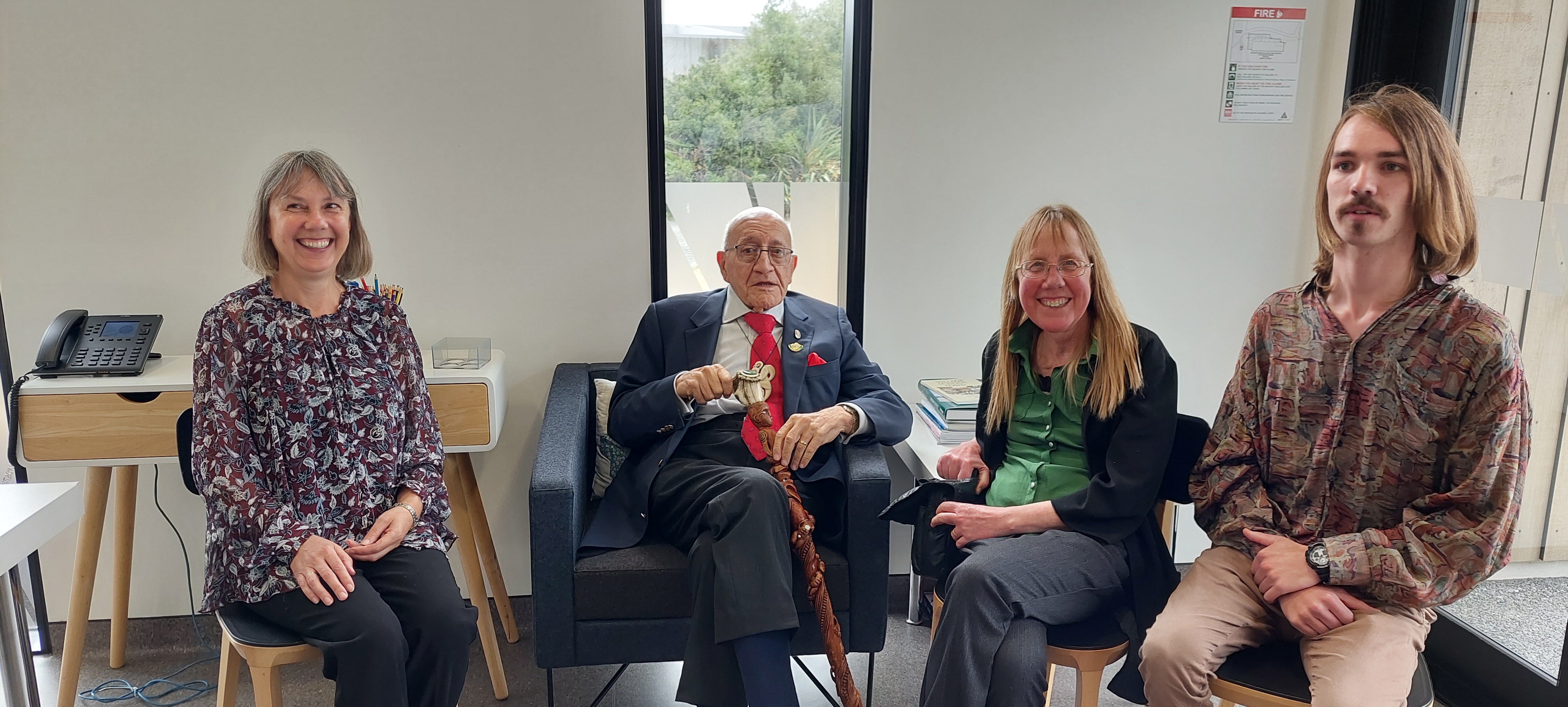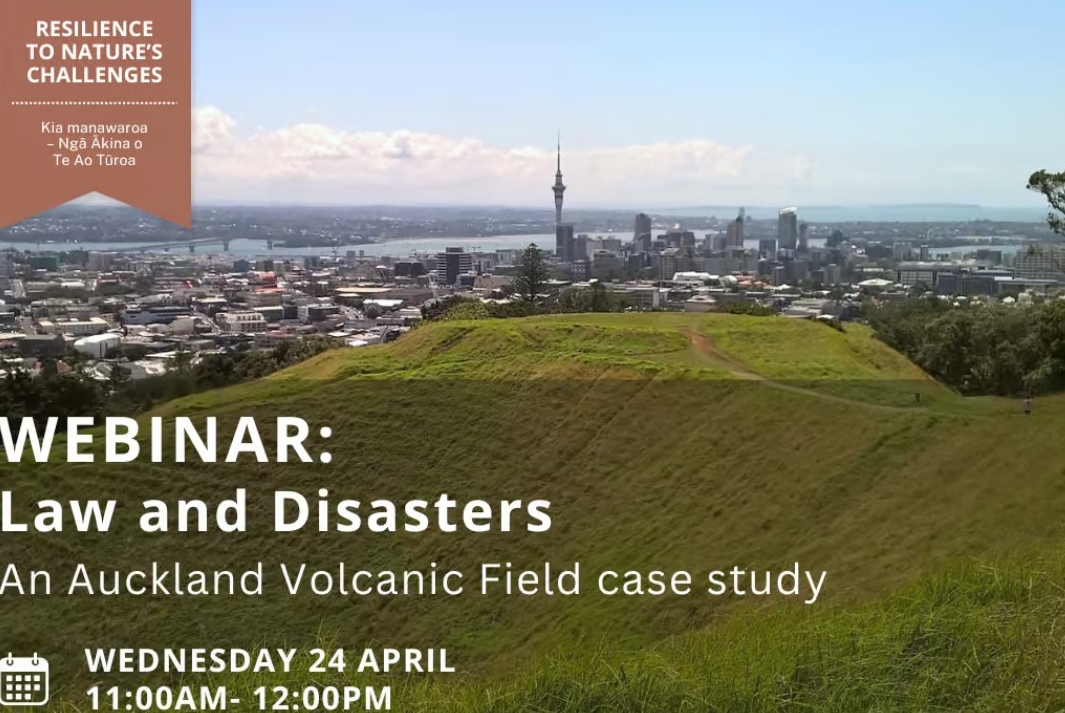Dr Donald Derrick is the Project Lead for 'Multi-sensory speech perception and syllable structure'
PROJECT ONE
Dr Donald Derrick (UC), Professor Mark Jermy (UC) and Professor Brian Gick (UBC)
"Multi-sensory speech perception and syllable structure"
$839,000 for 3 years
We do not just hear a lion’s roar, but see the sharp teeth and feel the ground-shaking roar. On a smaller scale, we experience speech in this same way - through our ears, eyes, and bodies. Yet for the past 100 years, linguists identified speech syllables primarily by the cycle of loudness and quietness in audible sounds. These patterns of loudness and quietness are not the same in every language, so no clear theory emerged. In the focus on speech sound, the importance of visual and tactile information was forgotten. We know that people also see and feel speech – that’s why it is hard to understand people speaking from behind a face mask. So, our team developed a system for recording audio, visual, and air-flow information from speech simultaneously. We will use this to record English and Te Reo speech, and will build computer models of auditory, visual and skin response to speech. We will then use these models to find a valid way of understanding speech syllable structure in all languages. The work feeds into the study of skin sense response, analysis of blind and deaf speech, improved speech recognition systems, and the universals of speech structure.
PROJECT TWO
Associate Professor Kevin Watson (UC), Professor Jen Hay (UC) and Dr Lynn Clark (UC)
"Do patterns of co-variation in speech carry social meaning"
$659,000 for 3 years
Sociolinguists have long studied relationships between individual sounds and social meaning. The way the speaker pronounces the vowel in ‘cat’, for example, conveys social information about that speaker. However recent work shows that sounds don’t work in isolation of each other, but rather, as coherent subsystems. For example – if a speaker pronounces /a/ in an extreme way, we can make predictions about their likely pronunciation of a range of other vowels. It is likely that these patterns of co-variation may reflect clusters of speakers with shared social characteristics, and subsystems of sounds that carry shared social meaning. However this can only be established through close perceptual work. With large-scale experiments using recordings of naturally-occurring speech, we investigate whether patterns of co-varying sounds can carry social meaning, and whether this social meaning is accessible to the listener. Our approach is completely bottom up - allowing both the co-varying variables considered and the potential social meanings to arise directly from the data. The question of whether social meaning can be carried by patterns of co-variation in speech is fundamental to our understanding of how social meaning accrues to linguistic forms, and thus - ultimately – essential to understanding how language works.
PROJECT THREE
Dr Forrest Panther (UC)
"Understanding the nature of word grammar through Te Reo Māori"
$360,000 (Fast Start) for 3 years
How does the brain produce words? It is increasingly understood that variation in language is key to answering this fundamental question. In Māori, there is a word ending that attaches to verbs when they are used in the passive voice. There are 17 forms of this ending, and there is much cross-verb and cross-speaker variation. For example, the verb 'tapa' "to name" receives the ending form '-ia': 'tapaia' "is named". However, another possible form is '-ina': 'tapaina' "is named". The patterns of these alternating forms are very poorly understood, and there is almost no documentation of the distribution of these form variations. I will undertake text-based and experimental analysis to document and model this and other types of variation to determine the patterns involved. Factors that I will analyse include individual, and dialect variation, as well as changes in the use of these forms over time. This research will have significant implications for our understanding of dialect variation, and the effects of standardisation on local Māori dialects. In particular, understanding the changes in passive suffixation over time will reveal aspects of Māori dialects that are being lost.










